Considering replacement windows for your home, but aren't quite sure where to start? Windows come in a range of shapes, sizes and designs, with differences in materials, operating styles and cost — and it can be hard to know which types and styles will work best for your home.
From single-hung to storm, casement to garden, let this guide serve as your Windows 101 resource.
Here's what every homeowner should know and what we will cover:
- What Are Window Design Basics?
- Comparing Window Types
- How New Windows Transform Your Home, Inside and Out
- Why Quality Manufacturing and Installation Are Key
What Are Window Design Basics?
While all windows are designed to let in light, differences in operating mechanisms, structure, materials and function offer homeowners a range of choices. Let's start by defining some common terms.
- Operable vs. fixed. Windows that open are operable, while windows that do not open are fixed
- Panes. A pane is a sheet of glass (1)
- Sashes. The sash refers to a pane framed horizontally by rails and vertically by stiles (2)
- Glazing. This term may refer to the part of the window that's made of glass or the process used to secure the glass into a window frame (3)
You also have choices when it comes to window frames. Frames are available in several materials; the most common options are (4):
- Wood
- Vinyl
- Aluminum
- or a Combination
Wood is the traditional material used for window frames and remains a popular choice due to its versatility. Hardwood represents a durable option that may be oiled, painted or simply left to weather for a natural finish. Softwood generally costs a bit less but is less durable and requires painting, a natural finish, and more maintenance than hardwood (5).
Vinyl frames require less maintenance than wood frames. They come in a range of finishes and colors and offer insulation against heat and sound (6).
Aluminum frames offer a durable, low-maintenance and light-weight option. They're strong, so are often used to support large panes of glass. However, aluminum frames tend to conduct heat and may be more prone to condensation (7).
Finally, other options may include fiberglass, aluminum with a wooden core, or combinations of wood and steel (8).
Now that we've covered basic terminology and materials, we'll explore the many styles of windows available.
Comparing Window Types
All windows fall into one of two categories: Operable or fixed. Pros of operable windows include the ability to control the indoor environment, as windows can be opened or closed to allow for ventilation. This may provide natural cooling and reduce energy costs. Cons include a higher risk of water and air leaks, as well as an increased risk of airborne pollutants and irritants getting into the house. In most cases, operable windows cost about 20 percent more than fixed windows (9).
Now let's take a look at how windows are shaped and describe a few common types, their pros and cons, and learn how different types might work in your home (10, 11, 12).
Single-Hung. Single-hung windows have an upper sash and a lower sash. The lower sash can be opened, while the upper sash is fixed. The lower sash may pivot inward or slide upward (13).
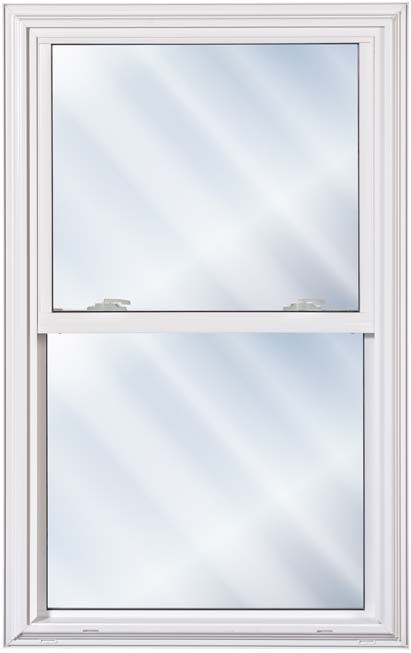
- Pros: Lower sashes that pivot inward allow access to the exterior of the pane, making for easy cleaning. They tend to cost from 10 to 20 percent less than double-hung windows (see description below).
- Cons: Less ventilation, as only the bottom sash is operable. Lower sashes that slide are also more difficult to clean, as you can't reach the exterior from inside.
- Where they work: Single-hung windows that slide don't protrude, making them a good choice when interior space is at a premium, such as rooms that face onto porches or walkways. Due to their lesser ability to provide ventilation, they're not the best choice for rooms where humidity may be an issue, such as bathrooms.
Double-Hung. Double-hung windows are among the most commonly installed in today's homes. Like single-hung windows, they have an upper and a lower sash. However, both sashes are operable in double-hung windows; sashes may slide or pivot (14).
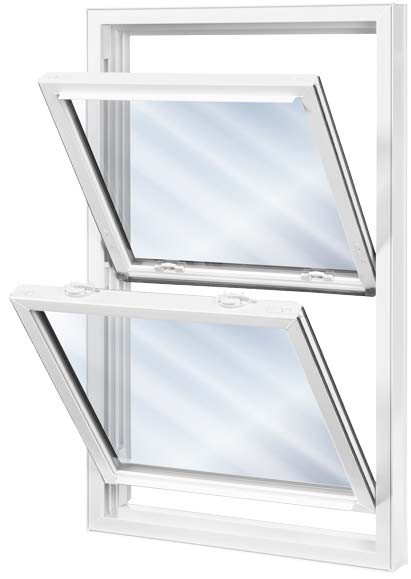
- Pros: As both sashes are operable, double-hung windows offer better air flow and ventilation. When sashes pivot inward, cleaning the exterior from inside is simple, making them a great choice for rooms that are on the second floor or higher.
- Cons: When sashes slide, rather than pivot, it's impossible to clean panes' exterior from inside. The horizontal rail that separates the sashes may obstruct views. Double-hung windows cost 10 to 20 percent more than single-hung.
- Where they work: Double-hung windows with sliding sashes don't protrude, making them a good choice for areas where space is limited. Double windows come a range of styles, making them a versatile choice for both traditional and contemporary homes.
Picture. Picture windows consist of single panes of glass without any rails to obstruct the view. Also known as fixed windows — because they don't open — picture windows are designed to let in lots of light (15).
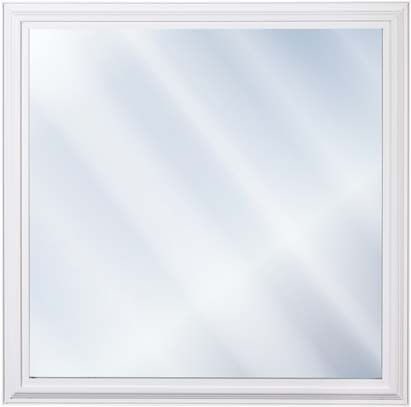
- Pros: Picture windows offer unobstructed views, let in maximum amounts of light and come in a range of shapes and sizes. They're also airtight, so you won't have to worry about drafts or leaks.
- Cons: Because picture windows don't open, they don't offer any ventilation and can't be used for emergency escapes. The exterior of the pane can only be cleaned from the outside.
- Where they work: Picture windows' clean, unadorned look makes them a good choice for modern-style homes. They can be used anywhere that needs more natural light, such as a cramped stairway, and are ideal choices for rooms where you want to highlight an unobstructed, stunning view.
Casement. Casement windows are operable, thanks to hinges on one side that allow sashes to swing either out to the side or upward. Usually, casement windows open by using a crank handle. Awning windows have hinges on the top, and open by swinging up (16).
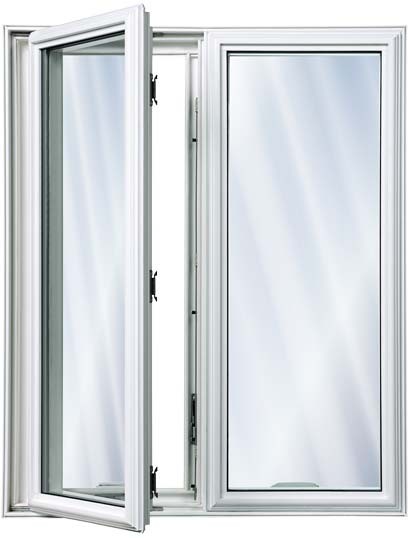
- Pros: Casement windows offers great views, as they don't have rails. Plus, they're known to be superior at blocking drafts, at reducing noise and at providing great air flow.
- Cons: Crank mechanisms can wear out over time, and they may be tedious to use. If casements are fully open, they may break off in high wind conditions.
- Where they work: Awning casement windows are a good choice for rainy climates. Casement windows are a great choice for over a sink, counter or appliance.
Garden. Garden windows resemble little greenhouses that extend outward from the house. They often have shelves that hold plants (17).
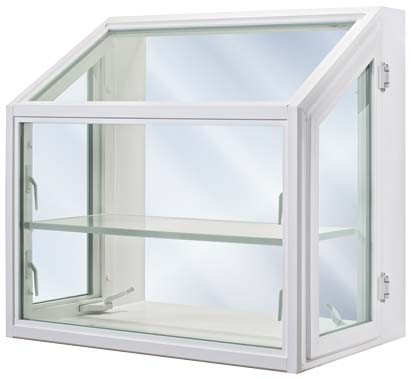
- Pros: Garden windows allow you to grow plants indoors year-round. Side vents can improve ventilation.
- Cons: Because garden windows extend outward, they may not work well next to sidewalks, porches or patios.
- Where they work: Garden windows work well in kitchens and provide the ideal place to grow fresh herbs for cooking.
Storm. Storm windows are flat, exterior panels that are installed in the same frame as existing windows during the winter. They offer another layer of protection against drafts and heat loss (18).
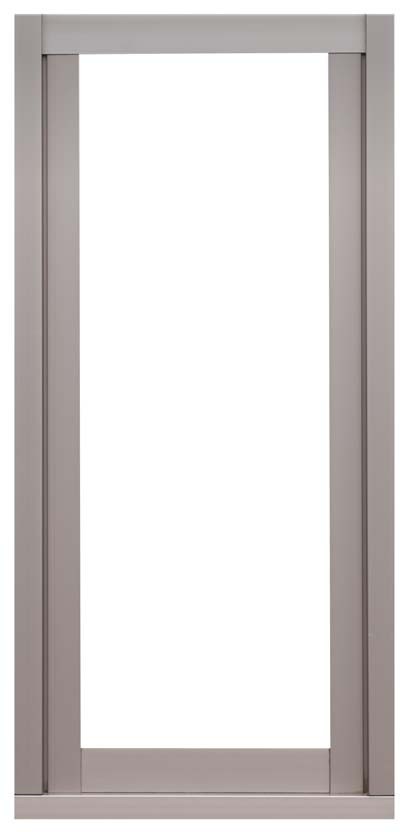
- Pros: Storm windows reduce drafts and heat loss. They cost less than replacing windows with highly insulated options.
- Cons: Storm windows must be installed and removed each year. When they're in place, they limit movement of the existing windows, thus limiting ventilation.
- Where they work: Storm windows offer an economical choice for homes that need seasonal protection from the cold.
Bay or Bow. Bow windows are a form of projection window, which means they stick out from the wall and out over the lawn. Bow windows are similar to bay windows in that they are angled or curved to create a bench-like space inside the house (19).
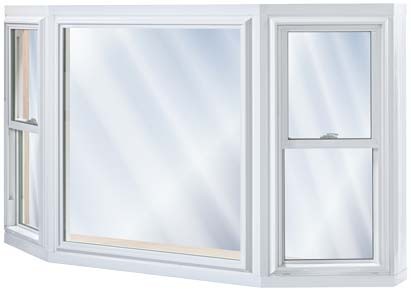
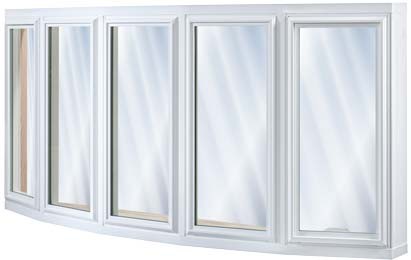
- Pros: Bow/Bay windows have more glass traditional windows, which enables them to cover a larger portion of the wall and allows more light. There is increased air-flow and these windows can curve around corners. Installing a bench in a bay window also provides charming seating options.
- Cons: Both of these windows may fetch a higher price due to custom sizing and configurations.
- Where they work: Any room where you have ample space and where a window will provide great views.
Custom. What if you have a space where a standard-sized window just doesn't fit? Custom windows may be the best option. Custom windows have a design that's crafted to fit measurements that you, or a professional, provide. If you've got an existing frame to fill or want to add a brand-new window, custom windows offer a versatile solution to fit your space.
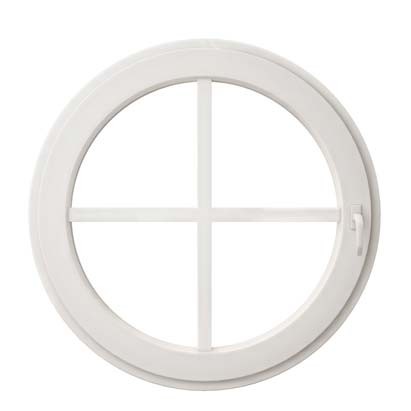
- Pros: Custom windows can be manufactured in almost any shape or size, from angled to rounded. They create a unique look that's based on your specific style and needs.
- Cons: Custom windows may cost more than standard-sized options.
- Where they work: Custom windows are a solution for spaces or frames where standard windows just don't work.
How New Windows Transform Your Home, Inside and Out
It's easy to see how new windows can transform the look of your home; updated style, colors and materials all boost your home's curb appeal and make a difference that transforms your home's look. But the benefits of new windows are much more than simply aesthetic.
Updating your home's windows is a cost-effective step that can make a big difference in your energy costs. By reducing leaks and drafts — both of heated air in the winter and cooled air in the summer — you can save energy and lower your bills. Choosing windows with added UV protection can also reduce fading on your home's walls, floors and furnishing (20, 21).
New, high-quality windows reduce your maintenance burden, thanks to features designed to make cleaning easy, like in-glass blinds that not only stay clean, but reduce allergens and dust.
And speaking of health and safety, windows crafted from tempered glass reduce the risk of injury from shattered glass, while windows made from laminated glass helps protect from would-be intruders by holding glass together when broken (22).
In fact, new windows represent one of the most cost-effective home improvements you can make. Home owners can expect to recoup almost 90 percent of their investment; in some major urban areas, window replacements actually recoup more than they spend (23)!
Why Quality Manufacturing and Installation Are Key
No matter which style or type of windows you choose, quality manufacturing and installation are key to ensuring you get the results you want. High-quality materials and construction will ensure that your new windows both look great and work well for at least 25 years (24).
